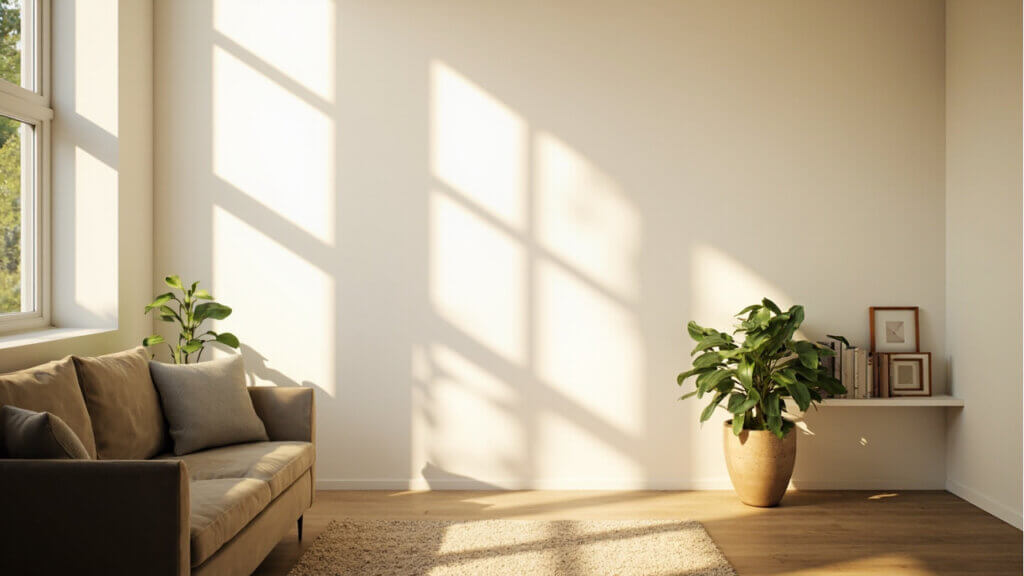At a certain point, the things we’ve spent decades collecting start to feel more like weight than comfort. Closets are full. Garages are overflowing. And maybe, just maybe, you’re starting to ask: Do I really need all this stuff?
Welcome to minimalism after 50—a mindset shift that’s not about deprivation, but freedom. By simplifying your space, your schedule, and even your social life, you create room for what matters most in this chapter of your life.
Whether you’re planning to downsize your home, reduce clutter, or live more intentionally, this guide will help you embrace minimalism in a way that’s empowering, not overwhelming.
What Is Minimalism for People Over 50?
Minimalism after 50 isn’t about bare walls and stark furniture. It’s about letting go of excess so you can hold onto peace, clarity, and joy.
Think of it as:
- Fewer things, but better quality
- Less noise, more calm
- Less obligation, more freedom
- Less clutter, more connection
It’s not about having nothing. It’s about having only what adds value.

Why Minimalism Makes Even More Sense After 50
After decades of building careers, raising kids, and collecting life’s “just in case” items, many people over 50 feel ready to shift from accumulation to intention.
Benefits of downsizing and simplifying include:
- Less time cleaning and organizing
- Easier home maintenance
- Lower living expenses
- More space to travel, explore, or relax
- Reduced stress and decision fatigue
- A lighter legacy for loved ones
And perhaps most importantly: you get to focus on living, not managing things.
Step-by-Step: How to Embrace Minimalism After 50
1. Start with a Vision
Ask yourself:
- What do I want my next 10–20 years to look like?
- How do I want my home to feel?
- What brings me peace, purpose, or joy?
Your answers will guide every decision you make going forward.
2. Declutter in Small Zones
Don’t try to do it all in a weekend. Focus on:
- One drawer
- One cabinet
- One closet
Ask with each item:
- Do I love this?
- Do I use this?
- Would I buy it again today?
If not—thank it, and let it go.

3. Rethink Your Home Layout
Downsizing doesn’t always mean moving—it can mean right-sizing.
Ask:
- Do I use all these rooms?
- Are stairs becoming a concern?
- Would a smaller space give me more freedom?
If moving is on the table, look for homes that are:
- Single-level
- Close to services and nature
- Low-maintenance
- Age-in-place ready
4. Be Honest About Emotional Attachments
Some items carry memories. But your memories live in you, not the object.
Try:
- Taking a photo before letting it go
- Keeping just one item from a collection
- Giving things to people who will use and cherish them
Letting go of “stuff” can make space for legacy, not clutter.
5. Simplify Other Parts of Life, Too
Minimalism isn’t just about things—it’s also about time and energy.
Try:
- Saying “no” to obligations that drain you
- Setting boundaries with toxic people
- Creating a schedule that includes rest and joy
The result? More life in your years.
FAQs About Minimalism After 50
Is it too late to start simplifying at my age?
Not at all. In fact, your 50s, 60s, and beyond are the perfect time to take stock and focus on what matters. You’ve earned the right to live intentionally.
What if my partner doesn’t want to downsize?
Start with your own belongings. Lead by example. Often, partners come around once they see the benefits and ease it brings.
Should I sell, donate, or toss things?
If something is valuable and you need the income—sell it. If not, donate to someone who needs it. Toss only what’s broken or unsanitary.
Final Thoughts: Letting Go Is a Gift—To Yourself
Minimalism after 50 isn’t about stripping your life down—it’s about elevating it.
By clearing the clutter—physically, mentally, and emotionally—you create space for freedom, clarity, connection, and purpose.
You don’t need more stuff to live a big life. You just need room to live it fully.
What’s one small thing you could let go of today, to make space for something better tomorrow?
